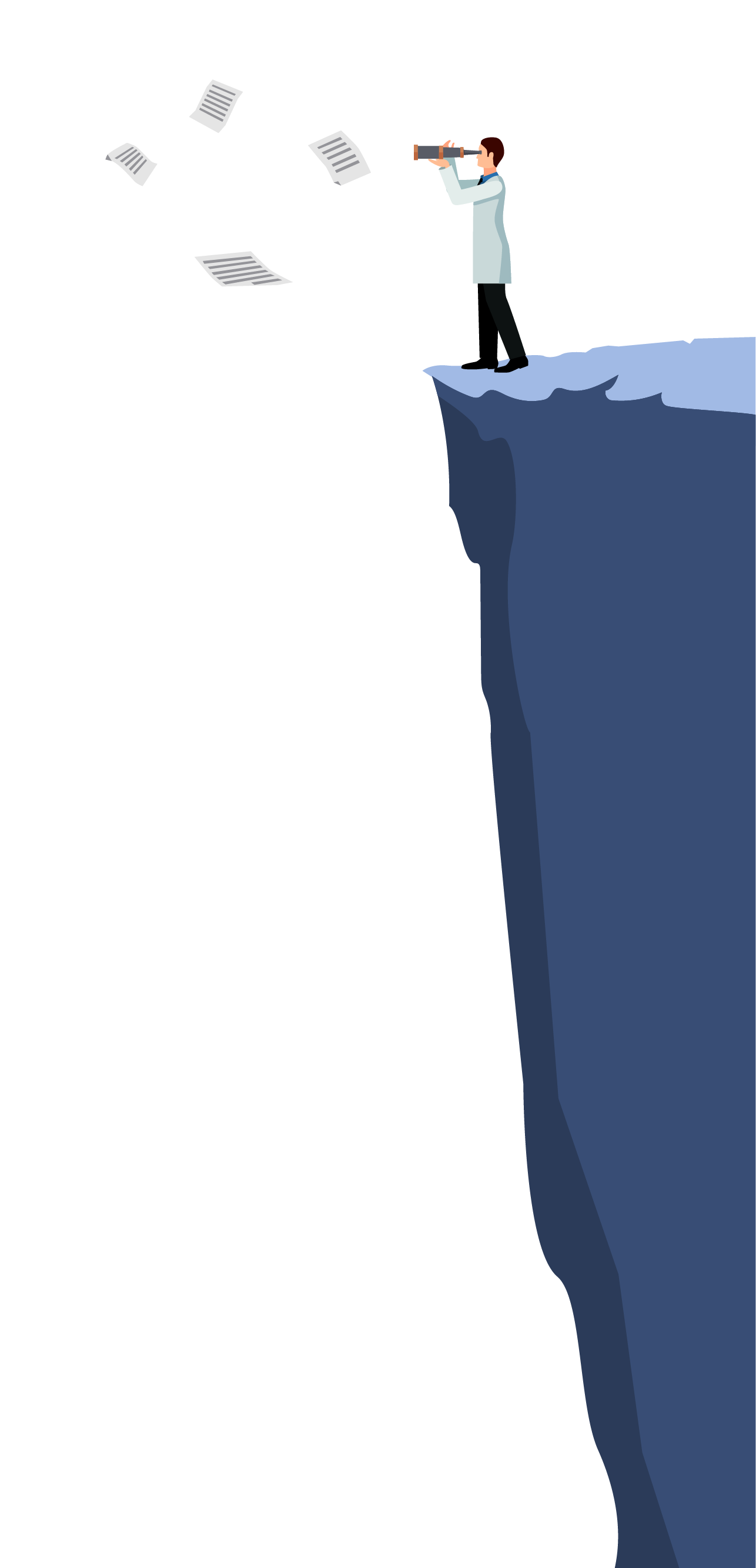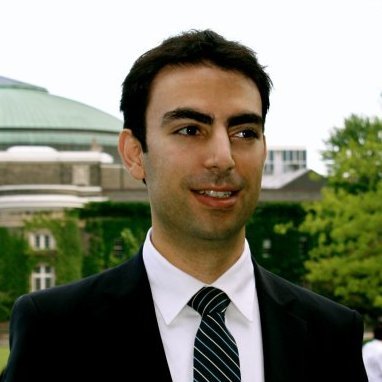Briefly describe your research at the University of Toronto.
I started my research career working for Professor Parham Aarabi in Electrical Engineering as a summer undergraduate student. Dr. Aarabi was an amazing mentor and he encouraged me to follow my passion and chart my own path. At the time I wanted to focus more on biotechnology. So I started working in Professor Peter Zandstra’s lab at the Institute of Biomaterials and Biomedical Engineering (IBBME) and eventually did my Masters of Applied Science (MASc) there. My project was focused on automated image processing of embryonic stem cells, quantifying various protein levels in cells, and then validating them using computational models.
Tell me about your company Protomer Technologies.
We specialize in engineering proteins and peptides using artificial amino acids chemistries amongst other things. We are developing an artificial insulin that can sense blood sugar levels and automatically activate when needed. Our system is like a “smart insulin” that diabetic patients can inject and forget.
Our work space in Pasadena, California is just shy of 3,000 square feet and we have 4 pre-clinical drugs in the pipeline. We actively collaborate with the California Institute of Technology (CalTech) and currently have contracts from several multinational pharmaceutical companies.
What’s your day-to-day like as the Chief Executive Officer (CEO)?
As the CEO I must know every part of the business. In the early days of the company I had to do pretty much everything, and along the way you pick up a wide array of skillsets. Just to give a quick run-down, I had to plan the company’s research direction, meet with pharma partners, sign deals, raise grants, write patents, work with corporate and intellectual property lawyers, hire people, run payroll, coordinate with licensing offices of various universities, etc. We hired some amazingly talented people in the early days of the business, and they had really shaped the company.
On a day to day basis I usually start early, plan the day, meet with our scientists to discuss progress and plan projects. By lunch time there is usually lot of emails to answer. In the afternoon I am either working on the business side of things or I have additional in-depth discussion with our scientists. I still spend a considerable amount of time at the bench troubleshooting things with our team. We do the 90/10 rule like Google, so everyone has a 10% activity devoted to something outside their specific projects. I usually try to be at the gym between 6-8 pm at least three days a week, and then back in the office around 9 pm until at least 11pm. Some days can run as late as 1:30 am.
You did stem cell research here at the University of Toronto, dabbled in polymer science at Massachusetts Institute of Technology (MIT), and then created artificial amino acids at CalTech; what drove you to pursue this diverse set of topics?
I think the common thread is that I want to make a big impact in the world. After I finished my MASc at the University of Toronto I got connected with Dr. Ali Khademhosseini and Dr. Jeff Karp (IBBME 0T2, 0T3), who were working at MIT at the time with Dr. Robert Langer. At the Langer Lab I was designing medical adhesives inspired by nature, by mimicking the mechanism Geckos use to attach to surfaces. This concept was eventually licensed into an MIT spinoff company called Gecko Biomedical. At MIT I learned two things: research has to be driven by an unmet medical need, and there is a tremendous amount of effort required behind the scenes to translate a product.

When I moved to Caltech, the focus was on transformative science that will change the world. The lesson I learned here is that big rewards comes with big risks. Dr. Frances Arnold who just won the Nobel prize in chemistry in 2018 was on my PhD committee. She really encouraged me to take big risks by trying new ideas and not be afraid to fail. This entire experience drove me to start my own company. Having the opportunity to develop a technology that could potentially benefit millions of people really resonated with me.
How did your time here at engineering science and IBBME influence your future career decisions?
When I was going through my undergraduate education I didn’t think differential equations and complex analysis was that useful for a career in biotech, but it really made my life easier when I was pursuing my PhD at CalTech. The pace of courses at Caltech was astonishingly fast, but I think some of those courses I took in undergraduate studies really helped me. I also ran into a lot of good people in IBBME. Professor Peter Zandstra was an amazing mentor. Not only did he provide me with the opportunity to learn how to do science and publish well, he gave me plenty of useful career advices as well. Professor Michael Sefton connected me with the MIT professors, and then there were numerous other mentors: Professors Warren Chan and Chris Yip were influential people in my life and I learned a lot from them.
Do you have any advice for aspiring engineers?
Ultimately, we want to learn about ourselves, especially early on in our careers. I would suggest students try different things and have many different experiences and push their boundaries and limits. Finding your passion and being the best at something can bring enormous joy and satisfaction. I hope that I will be fortunate to always work on something that is fulfilling and have amazing mentors and great friends, and I would wish the same for any aspiring scientist or engineer, because life is extremely short.


